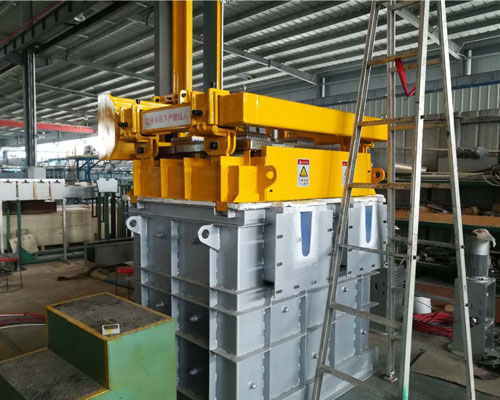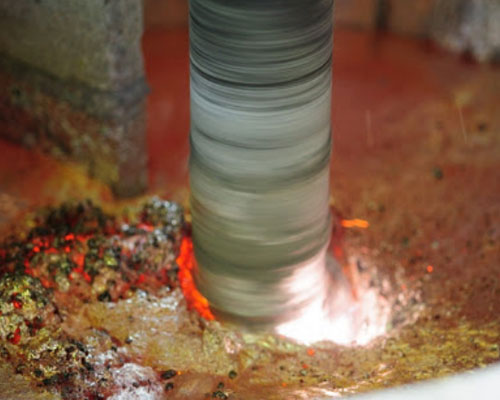The pre-furnace quality inspection of the aluminum melt during the smelting process or before casting is an important step to ensure that high-quality aluminum melt and qualified castings are obtained. Quick and accurate melt quality assessment is performed on the aluminum melt that will be cast. It is the goal pursued by the aluminum alloy casting industry. At present, melt quality inspection mainly includes the determination of hydrogen content and the inspection of non-metallic inclusions.
At present, there are many determination methods of hydrogen content at home and abroad, and there are many classification methods. For example, according to the different analysis objects, it can be divided into two categories: alloy melt and solidified parts as the analysis object and hydrogen as the analysis object. Among them, the detection methods using alloy as the analysis object include liquid level observation method, fracture analysis method, macrostructure detection method, density measurement method and electrical measurement method (including concentration cell method and proton conductive ceramic method). In the method that uses hydrogen as the analysis object, according to the different hydrogen extraction methods, it can be divided into two types: negative pressure extraction method and carrier gas carrying method. The negative pressure extraction methods include vacuum heat extraction method, first bubble method, direct pressure method, direct extraction method, Haber hydrogen measurement method, and immersion probe method.
AdTech offers online degassing unit for the hydrogen (H) and slag removal from molten aluminum. Average Degassing efficiency is 60%. If use Ar and Mg content ≤1%, thr efficiency can reach 0.09cc/100g.

Degassing unit takes gas flotation principle. The rotor takes inert gas or mixture of chlorine and inert gas into molten aluminum and smash the gas into dispersed tiny bubbles, the bubbles rise to molten aluminum surface and finish the below stated procedures at the same time:
- H is being absorbed in bubbles and is being removed.
- The chloride is removed (formed by chemical action with alkali metal and chlorine gas).
- Remove slags.

